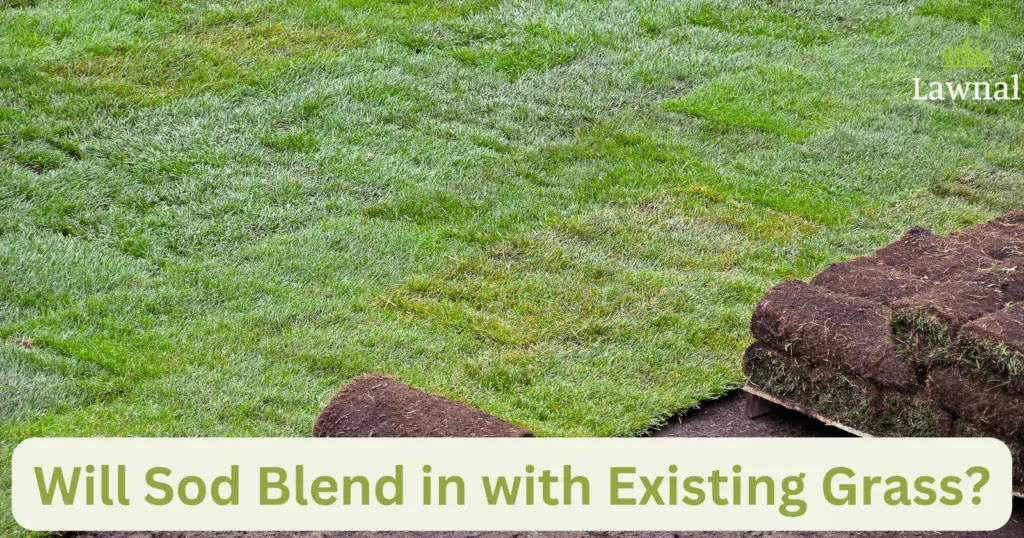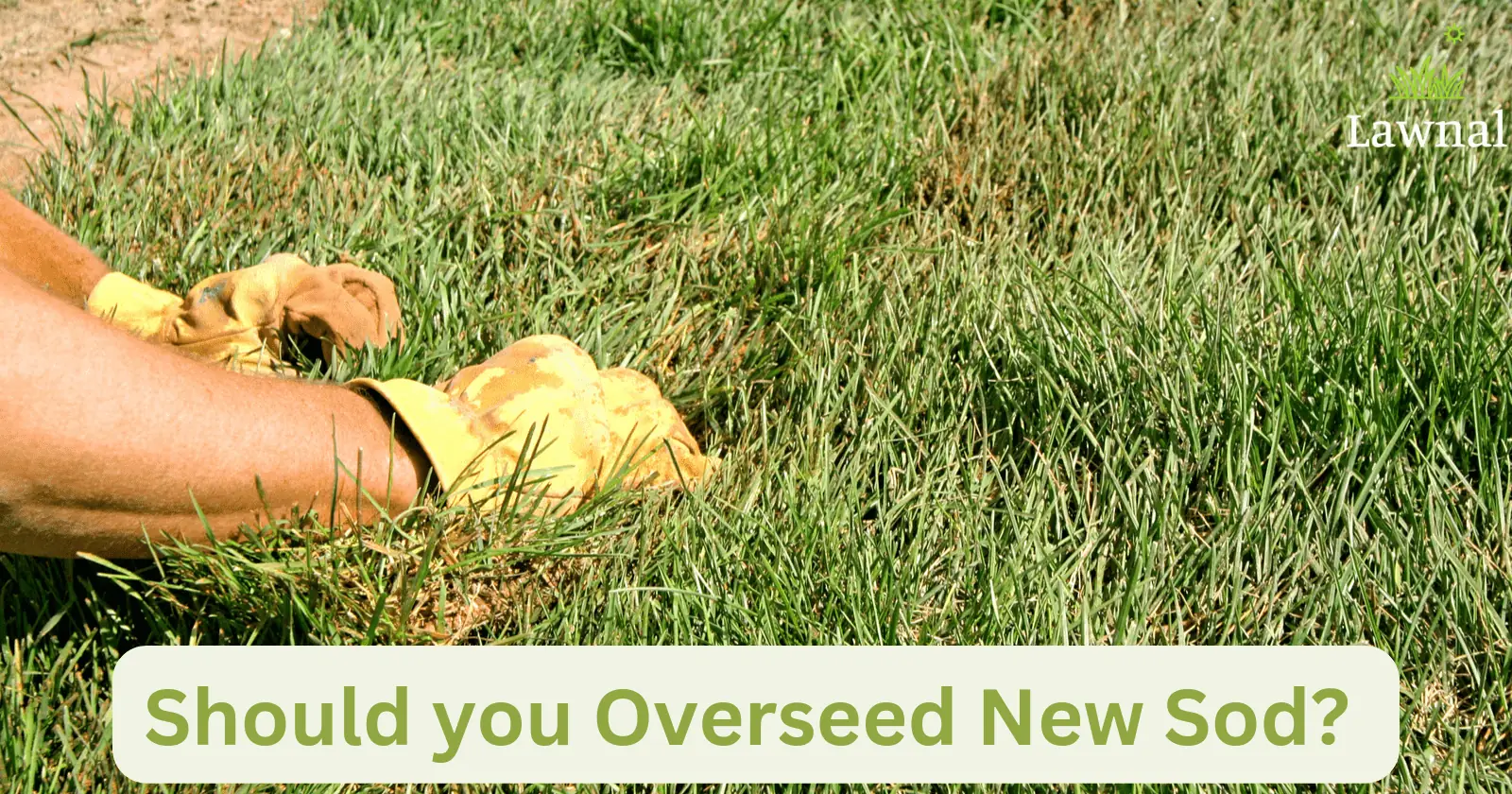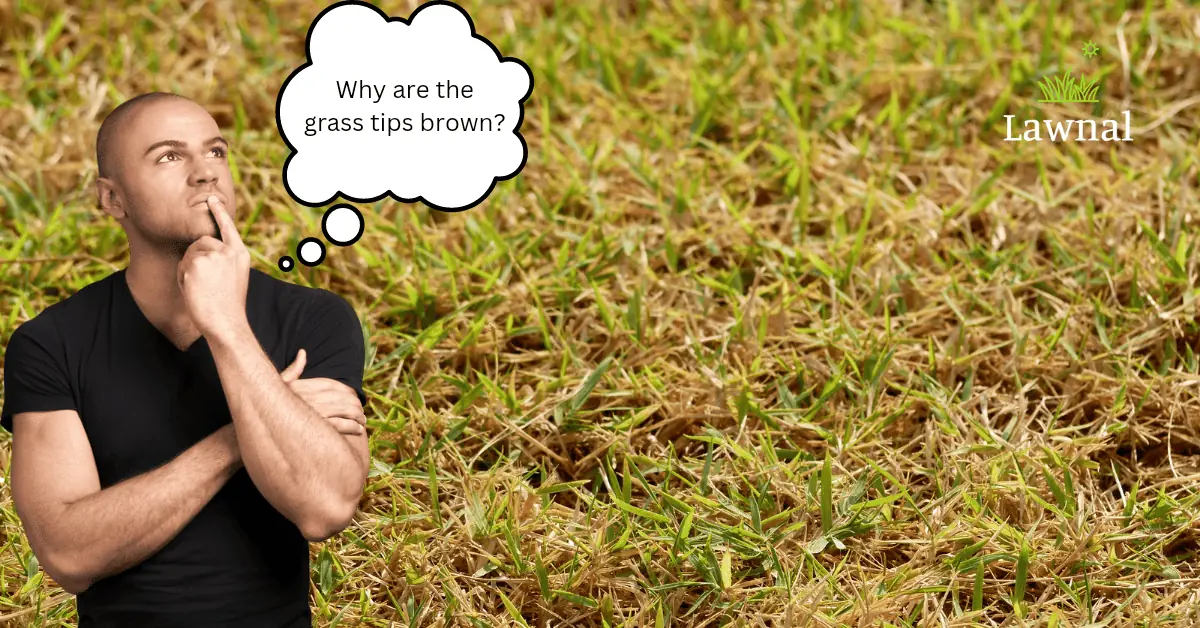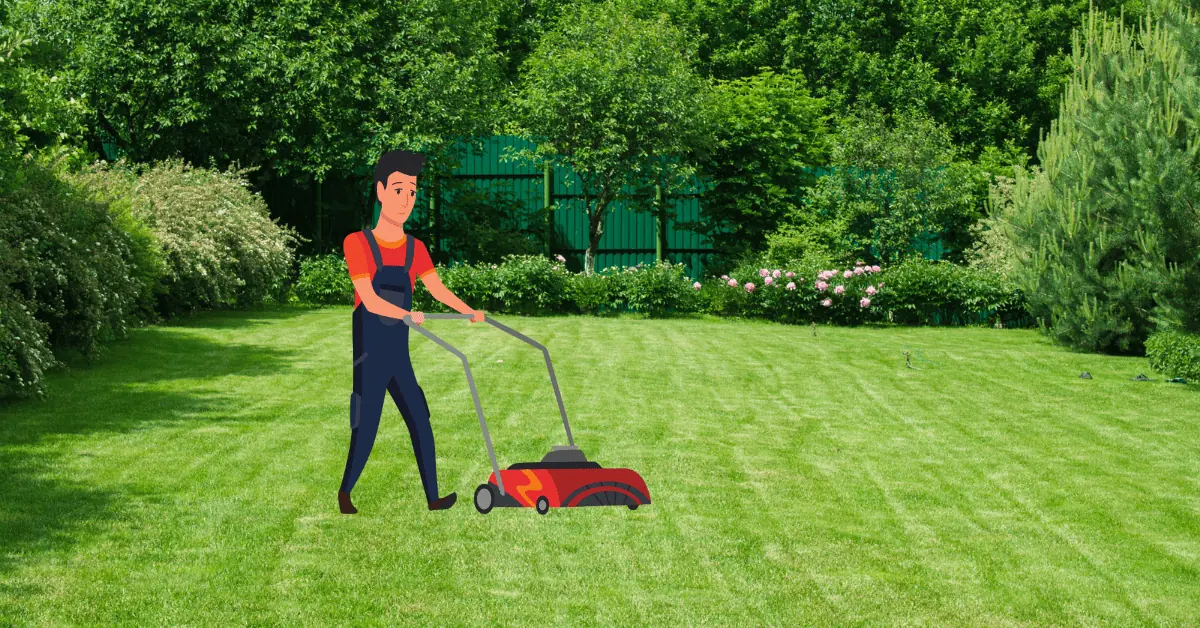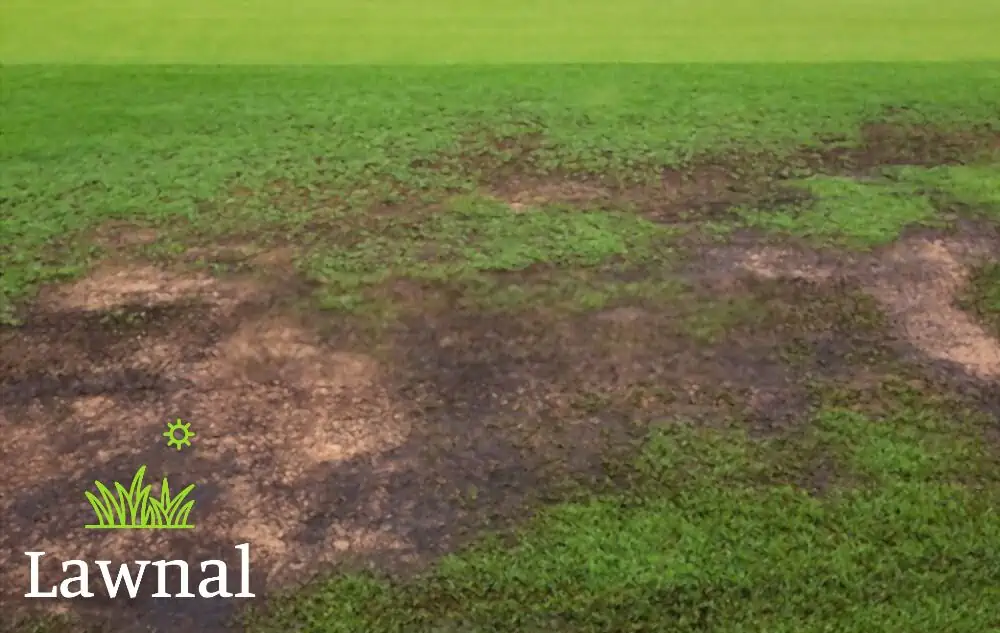Stepping on your fresh, healthy grass feels new every day, thanks to its superb condition. A well-manicured lawn has a unique appeal and adds aesthetics to your home.
In short, it’s a definitive part of your home, enhancing the outdoors where your family and pets can relax or take in the view. But what happens when some part of it gets bad, turns brown, or gets removed?
When your lawn is unhealthy, replacing the grass with new sod is almost always the first thing to do. However, will the new sod blend in with the existing grass? Addressing this concern is essential because the process positively or negatively affects your lawn. Thankfully, this article answers the question and tells you everything you need.
Will new sod blend in with your existing grass?
Yes. For the most part, the sod will blend with existing grass. But you have to use the same grass species on your existing lawn and prepare the grass before installation.
Further, leveling your yard is essential to avoid having some landscape sections higher than others. The new sod you add must also take root in the ground to enjoy access to the nutrients and moisture needed to grow properly.
Problems with Blending Sod with Existing Grass
When you blend your grass with sod, you can expect some problems. That’s because sod is originally meant to have direct contact with the soil. An attempt to blend the sod with what you already have will affect the sod’s growth. Other problems are discussed below.
1. Rooting Issues
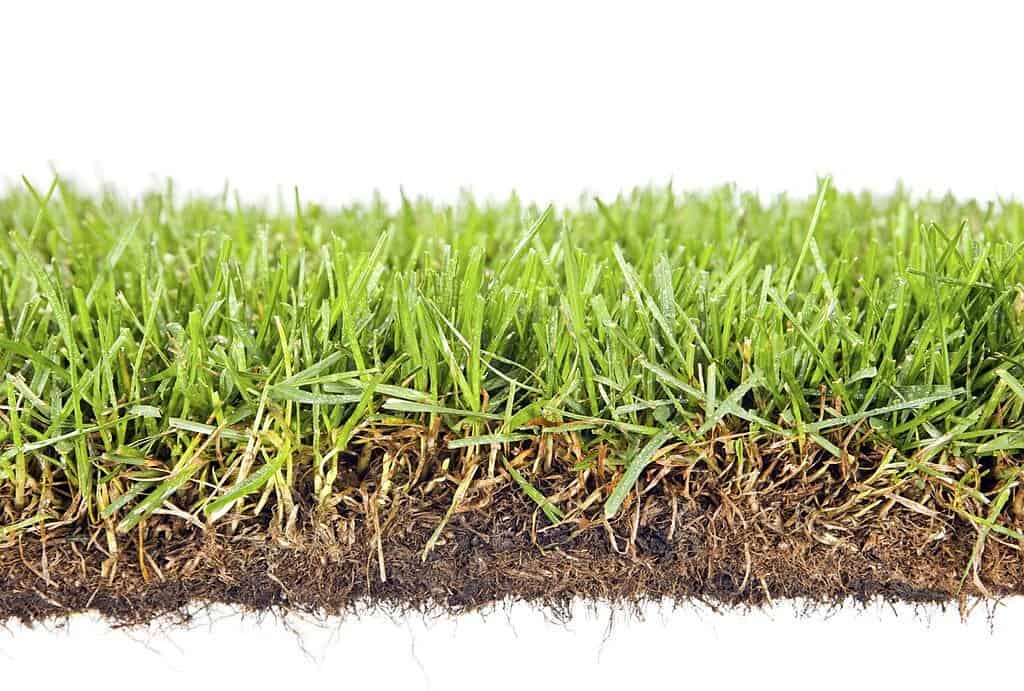
When you plant grass, you immediately want it to take root so it can firmly develop. In line with that, your sod deserves direct contact with soil. Don’t expect an established root system when you try to blend it with the existing grass.
The sod will have difficulties growing tough roots because the roots of the existing grass already occupy the topsoil. Also, the absence of deep, proper roots means that the sod won’t retain water and nutrients adequately, and both are necessary for growth. As a result, the sod is susceptible to drying out and dying because of a lack of nutrients and moisture. The existing grass faces the same fate.
2. Drainage Problems
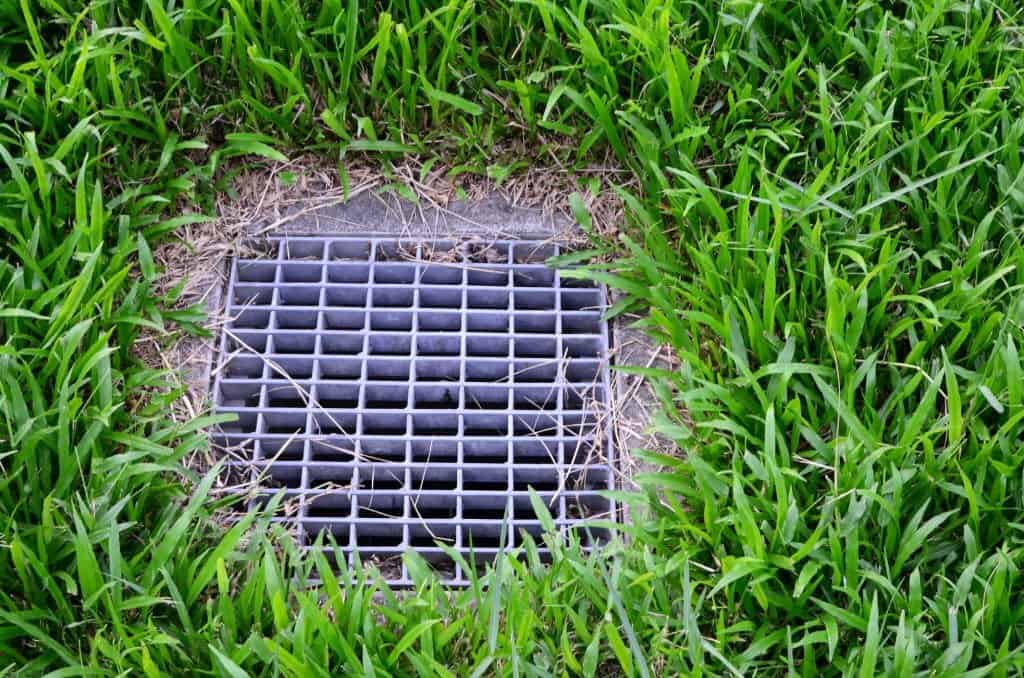
You’ll likely experience poor drainage conditions when adding sod to existing grass. The affected landscape will take on different heights, which could translate to some areas lacking adequate water supply.
For example, if the height of the existing grass is up to 1.5 inches, your lawn’s height goes above the paved area of your home. That puts the lawn above areas like your walkway and driveway. Water will flow to these sections from the lawn, flooding them.
In addition, when you lay sod on a particular area to replace damaged, brown, or dead grass, the section gets raised higher than the rest of the yard. That makes your lawn uneven, leading to drainage issues and killing the aesthetics.
3. Weed Infestation
If there’s a problem you seriously want to avoid in your attempt to blend sod with existing grass, it is weed infestation. But the fact remains; poorly rooted sod will dry up and shrink, giving rise to gaps between the sod pieces. When that happens, weeds sprout these gaps and spaces.
The weed infestation will transform your yard into an uneven, messy, and patchy one. Additionally, blending sod with existing grass leads to extra work in your yard. Unless you’re prepared to battle and overcome weeds, it’s best to find fresh soil for your sod and avoid contact with existing grass.
4. Water Pools
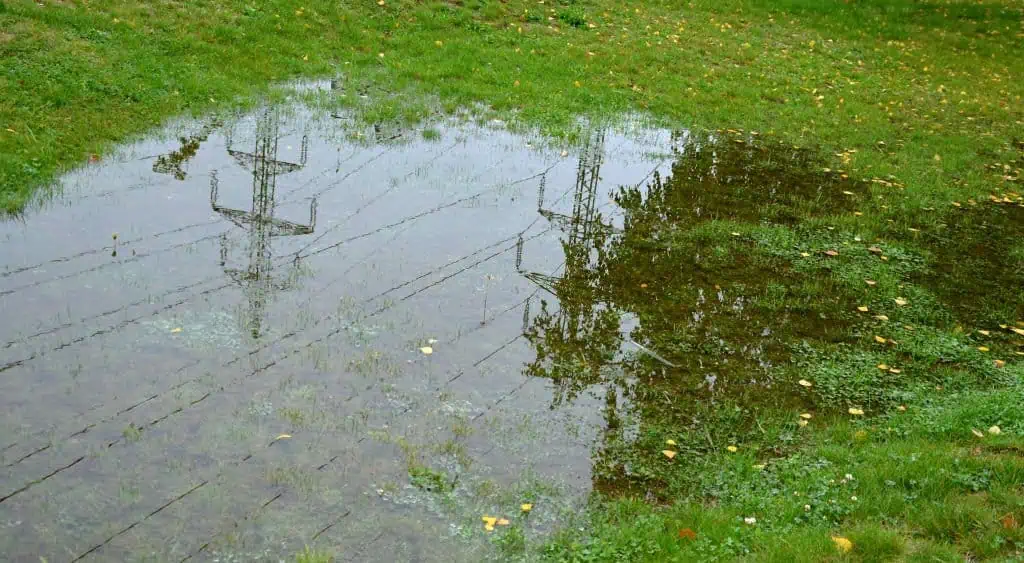
The gaps created from blending sod with existing grass will leave uneven grass. As a result, you will have gaps or holes in your yard, giving water spaces to pool and puddle.
Pools in your grass lead to several things. One of them is rotten roots, leading to stagnated growth, brown patches, or the death of grass. Additionally, empty spaces and air bubbles create misalignments with minerals, nutrients, and gases. Even the existing grass may sprout out of these gaps.
5. Diseases
When you add sod to your existing grass, the grass slowly decomposes. But before it gets there, it turns yellow, dies, and forms slimy grass, leading to grass disease and fungi.
The diseased grass will infect the sod you blended, killing it eventually. Walking on such lawns is quite dangerous because of its slimy nature. It can lead to a fall because the grass is not firmly rooted in the soil.
Should You Remove the Existing Grass First?
If you want the best results, you shouldn’t just seek to blend your sod with existing grass. Experts advocate for removing the grass first if you must plant a sod that will thrive almost immediately.
Use the following steps to achieve the best results:
- Use a rototiller and a rake to remove the existing grass. This works best if the old grass is thin enough.
- If your existing grass is thicker or you want to replace a large part of your lawn, use sod cutters to pull the old grass up in strips. This way, it’s easier to deal with the large volume of debris.
- Remove an inch of the old soil from where you cut the existing grass. This will help the planted sod stay level with the rest of the grass.
- In most cases, debris gets left behind in places where you removed the existing grass. Use a rake to manage them.
Prepping the Soil for New Sod
Now that you have removed the existing grass, you can prepare the soil for new sod. Here’s how:
- Till the bare soil to loosen up the solid chunks, making it easier for the sod’s roots to grow firmly into the ground.
- Take the soil to an extent where the entire surface is flat and even across the lawn.
- Sprinkle a thin layer of topsoil on the ground for additional nutrients.
- Apply some water to dampen the soil before laying the sod.
After laying the sod on the soil, water it a couple of times daily for about 2 to 6 weeks. Alternatively, water the sod until it takes root. You should also avoid stepping on the sod or frequently using your yard for up to four weeks after laying the sod.
The new sod has to develop firm roots and strongholds on the soil. They can do that when you water them and leave them to grow adequately.
Conclusion
Blending sod with existing grass will work, but doing so will take some work to get done correctly. While it’s a convenient way to re-establish your lawn or sections of it, your soil must be adequately prepared before any installation.
If you get it wrong, some problems might arise, such as the return of weeds, disease infestation, drainage problems, and weak roots. Areas of your lawn can also develop drab appearances or grow higher than surrounding areas. You can avoid all this with a hands-on approach to blending your sod with existing grass.
However, experts recommend removing the existing grass before applying new sod. This way, you start afresh in the yard without cutting corners. That means lesser issues and efforts on your part as the sod grows.
Now that you know this, you can blend your sod with existing grass, but it will cost you more energy and resources. Whatever you choose, this article has provided all you need to know about blending sod in with existing grass.
